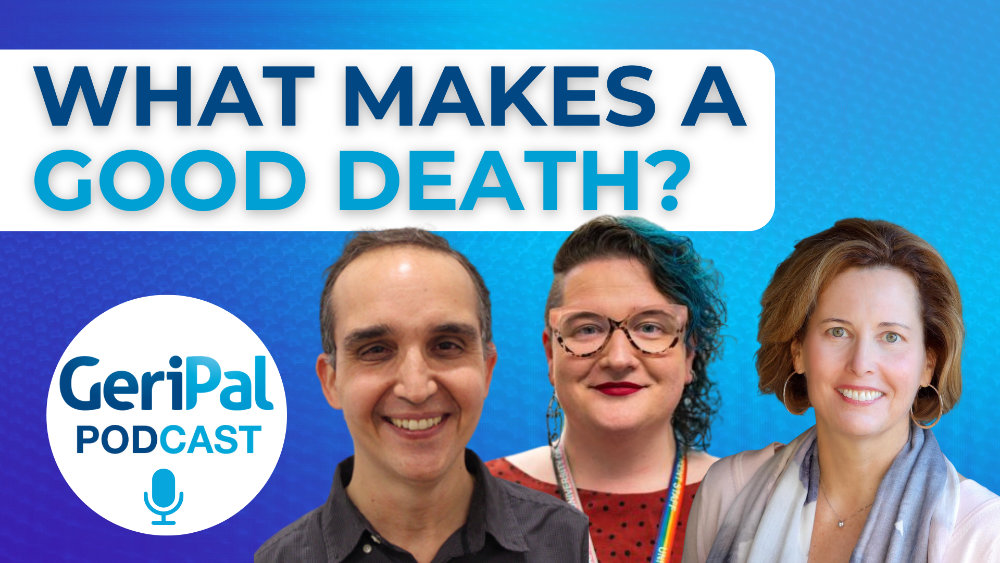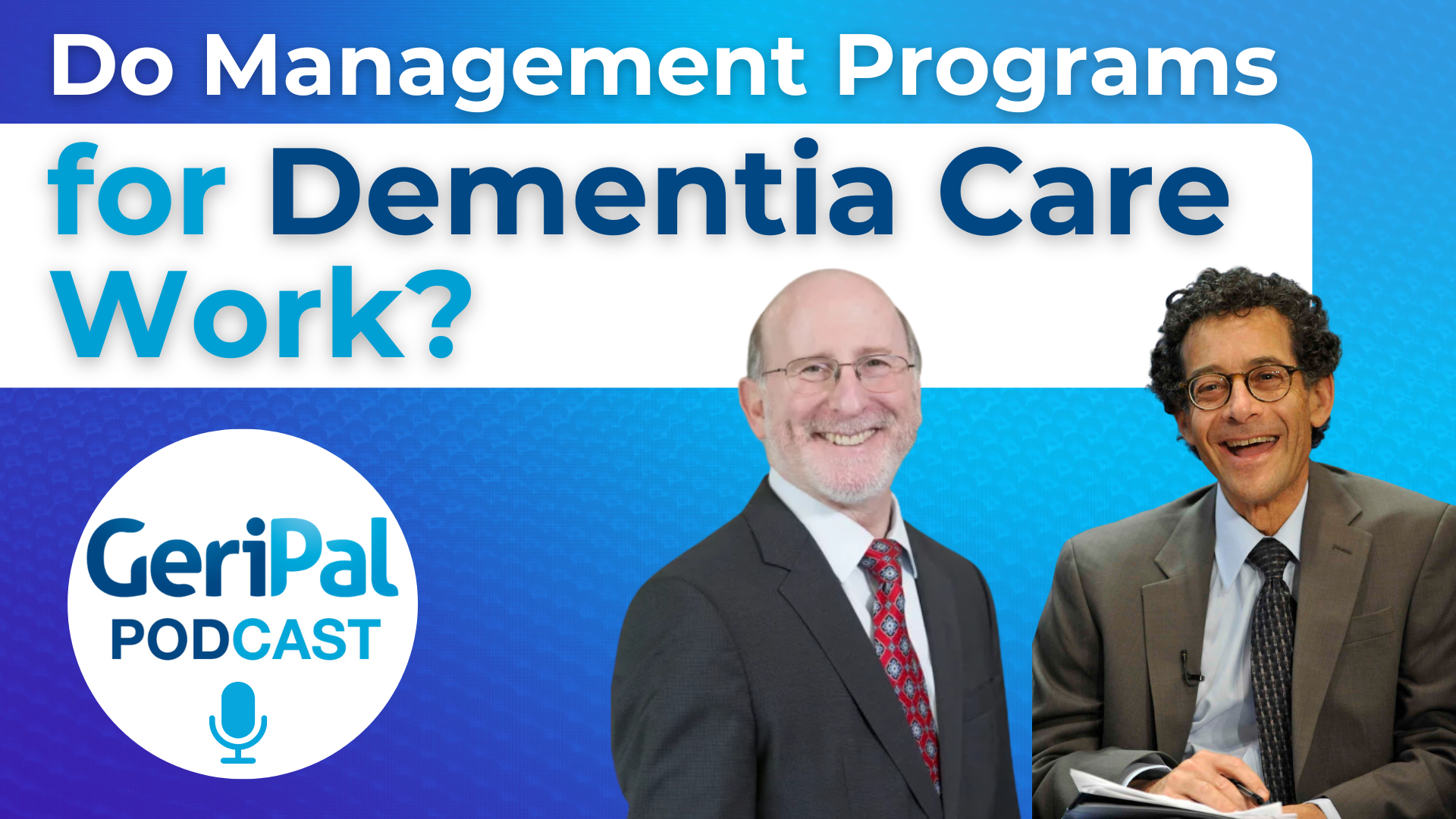
By Alex Smith @AlexSmithMD and Sarah Stranberg, Speech Pathologist, University of Pittsburgh Medical Center
Consider the following vignettes, common in both geriatrics and palliative care:
1. A 93 year old woman with advanced dementia is admitted to the hospital for the third time in the past 6 months for an aspiration pneumonia. The admitting team orders a speech and swallow consult.
2. A 68 year old man suffers a massive ischemic stroke. After 15 days in the ICU he has recovered minimal function. The neurology team requests a speech & swallow consult to justify likely need for PEG (a hole into the stomach for artificial feeding through a tube).
In each of these cases, my initial reaction has always been “Noooooooooooooooooo!!!!! Don’t place the speech and swallow consult!” I worry that the consult will place the patient on an inevitable path toward a PEG tube, without assessment of goals, values, and alternative approaches such as hand feeding.
However, at the annual Foley retreat of the National Palliative Care Research Center, Bob Arnold suggested a different approach. He has been working with his speech & swallow colleagues to develop a palliative approach to patients with difficulty swallowing.
Here are some of the changes:
Old speech and swallow recommendations
• Unsafe for feeding
• NPO. Needs feeding tube
New speech and swallow recommendations
• High risk for aspiration
• Assess goals and values related to feeding and nutrition
This is a great idea, and something we should try more broadly around the country. For more detail, attend the workshop at the HPNA/AAHPM Annual Assembly on “palliative dysphagia” Saturday at 1:15.
This post appeared first on Pallimed as part of a wager on the World Series.
Note: This post is part of the series on the #ThickenedLiquidChallenge. To watch the videos of this challenge go to our original post here, or check out the videos on YouTube:
- The Hospice and Palliative Care Team taking the challenge
- Alex Smith taking the challenge
- Eric Widera taking the challenge
- Dawn Maxey taking the challenge
- Ken Covinsky taking the challenge
- Allen Tong taking the challenge
- Mike Steinman taking the challenge
- Nancy Lundebjerg taking the challenge
- AAHPM staff taking taking the challenge
- San Francisco VA ACE team taking the challenge
- Christian Sinclair from Pallimed taking the challenge
- Suzanne Gordon taking the challenge
- Home Base Primary Care taking the challenge
- UCSF Interprofessional Geriatrics and Palliative Care Elective taking the challenge
- Gigi Trabant taking the challenge
- SFVA iPACT team taking the challenge
- Holly Yang from Pallimed taking the challenge
- Paul Tatum and David Oliver taking the challenge



